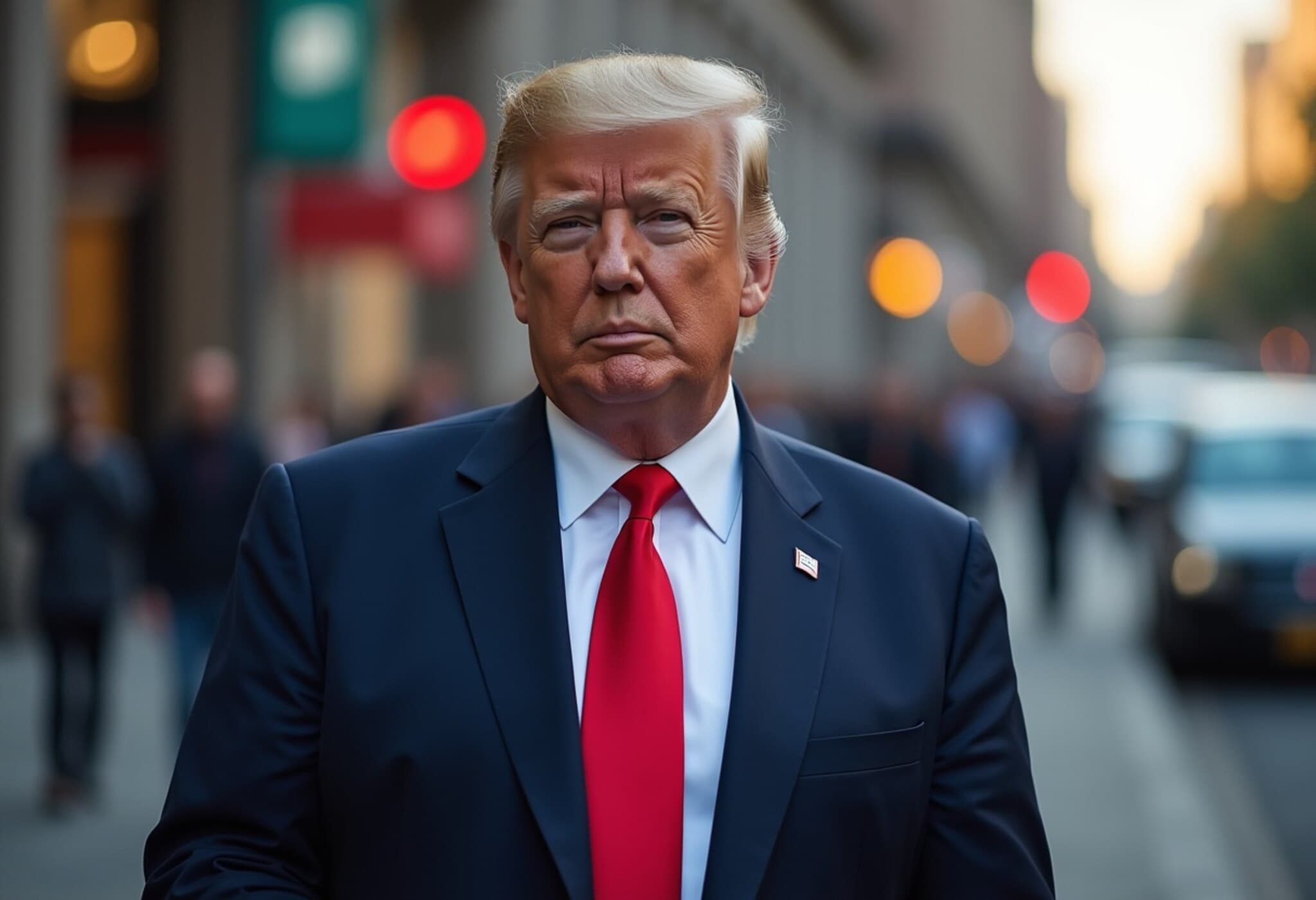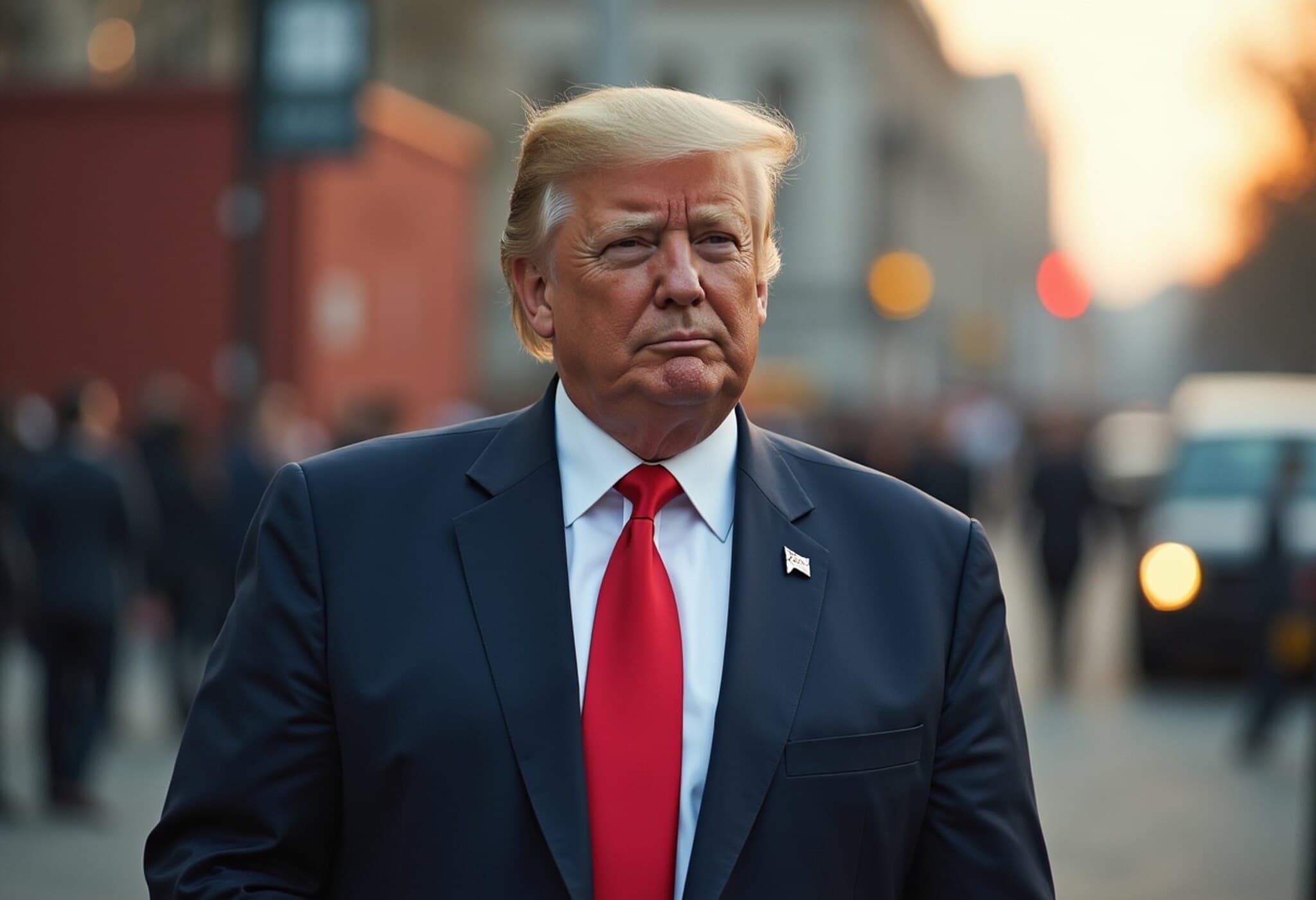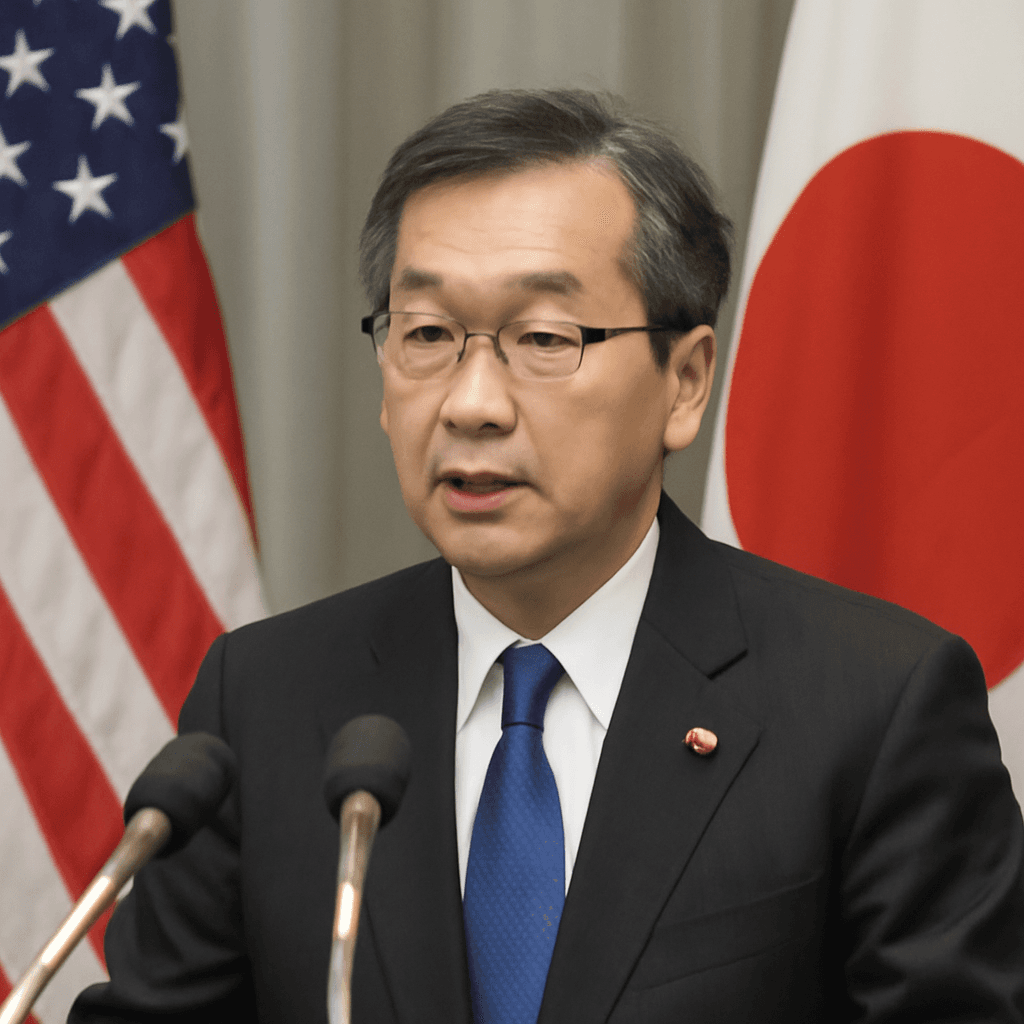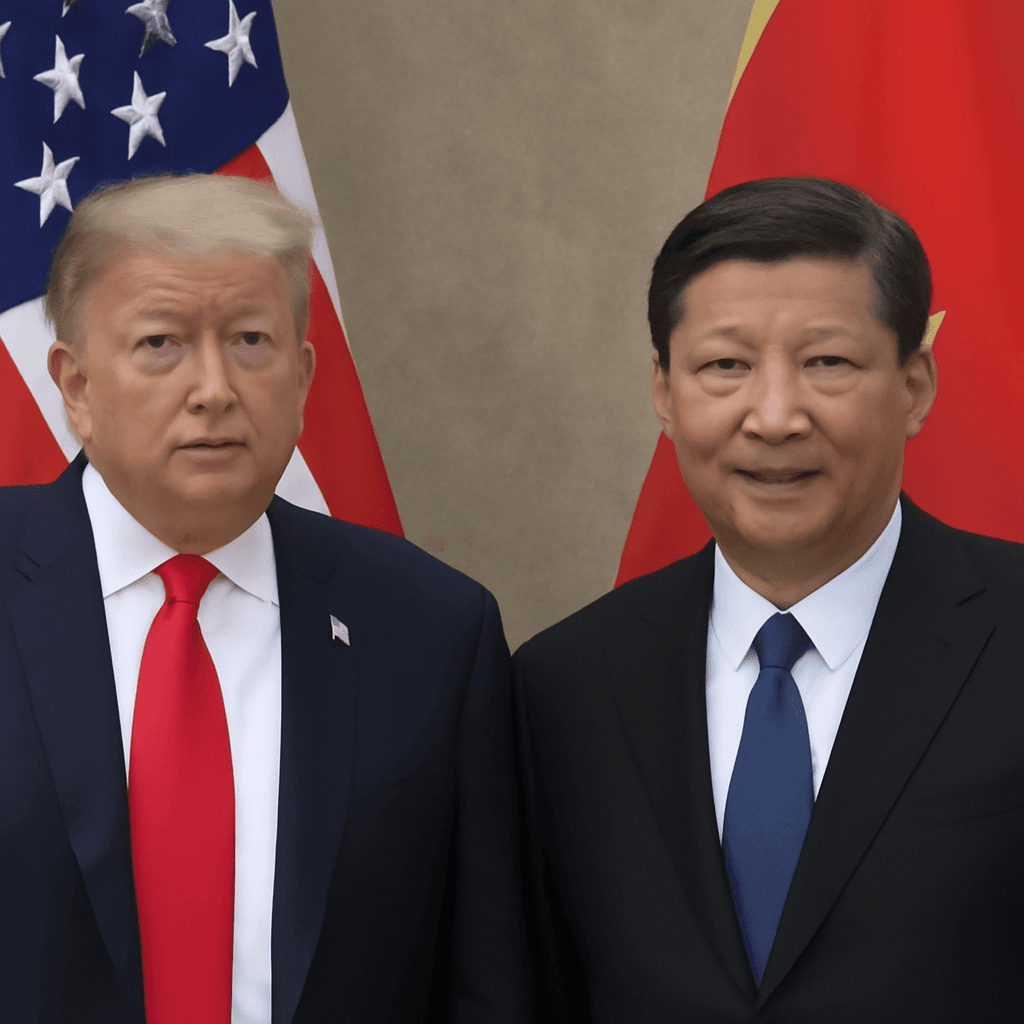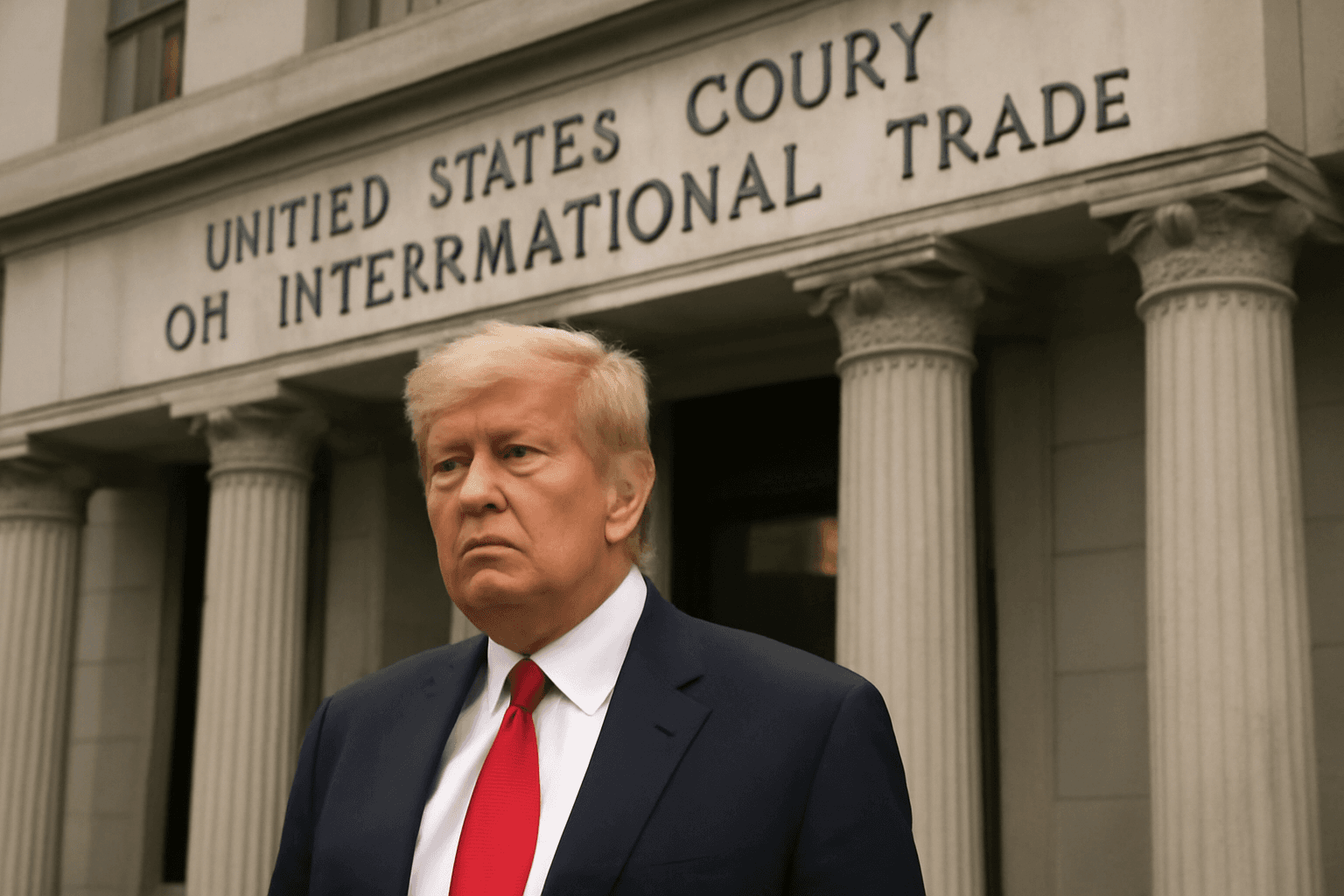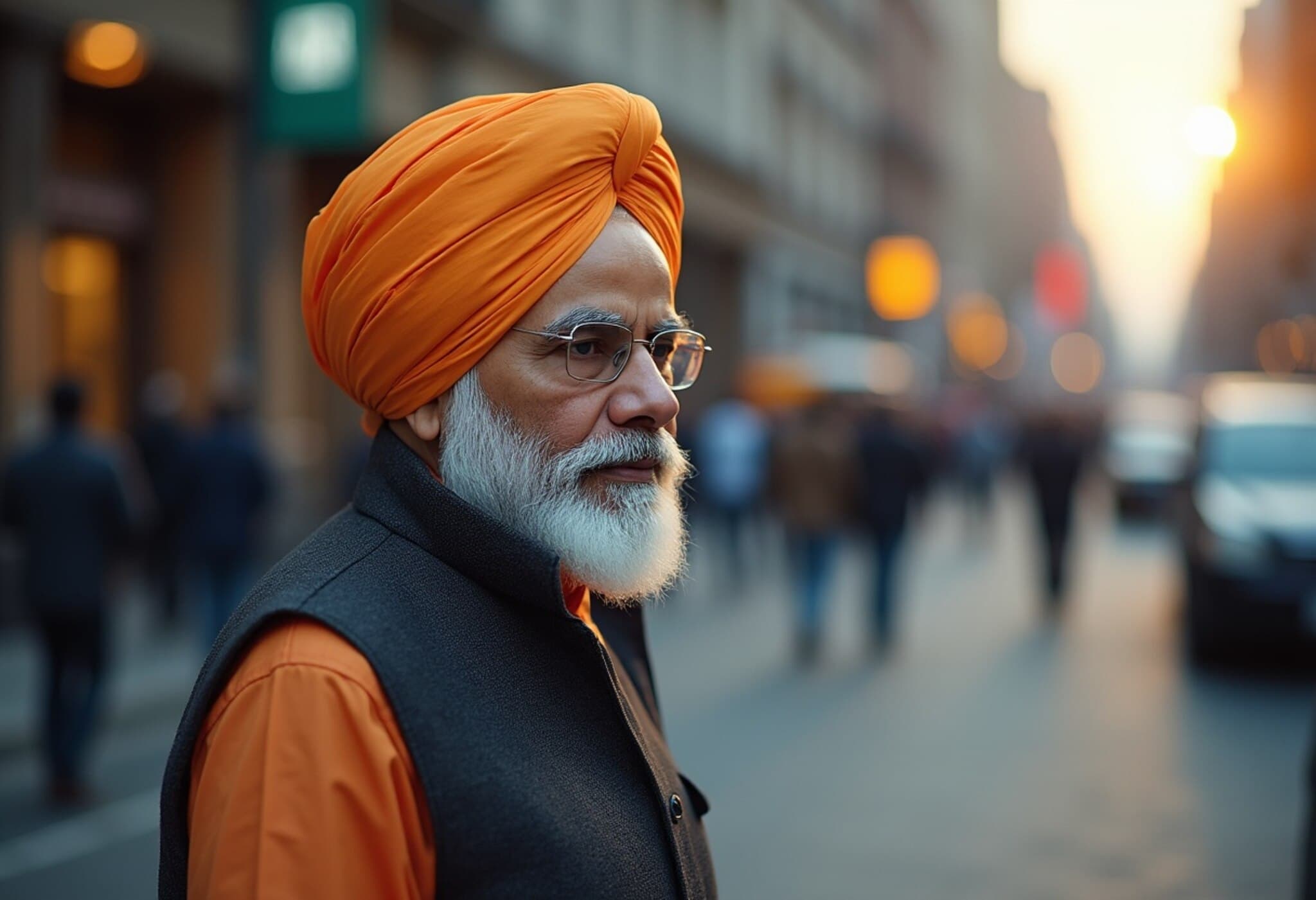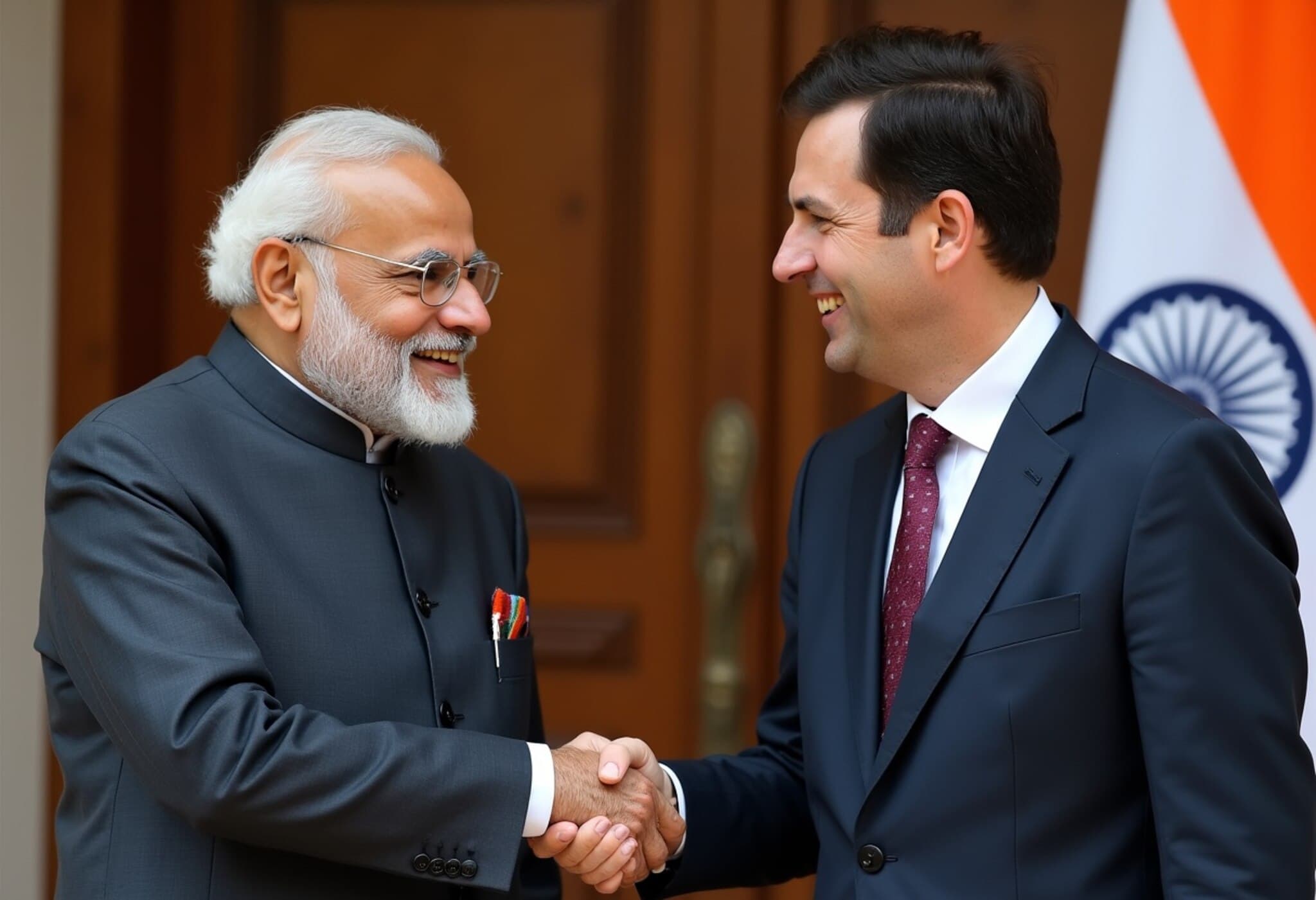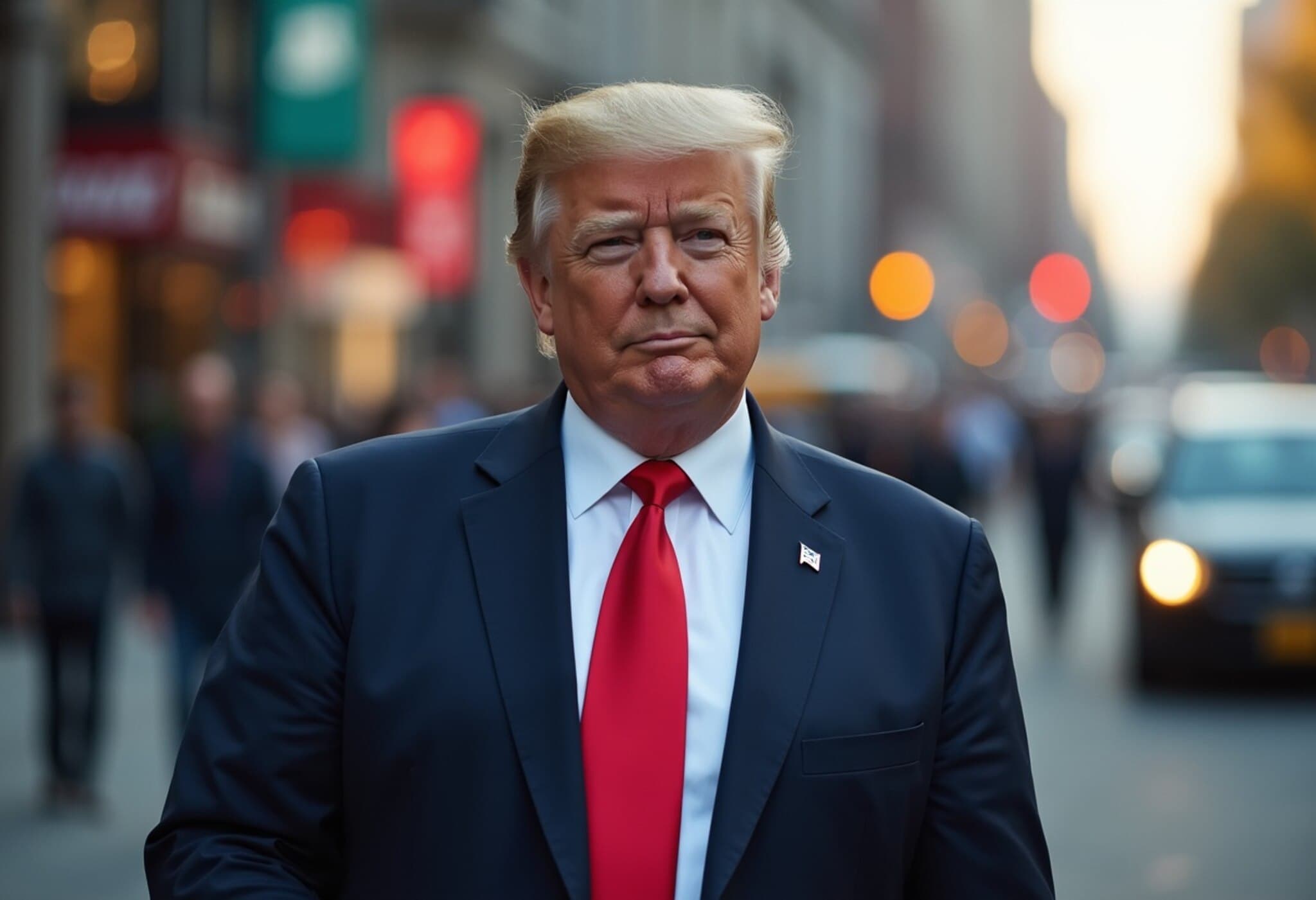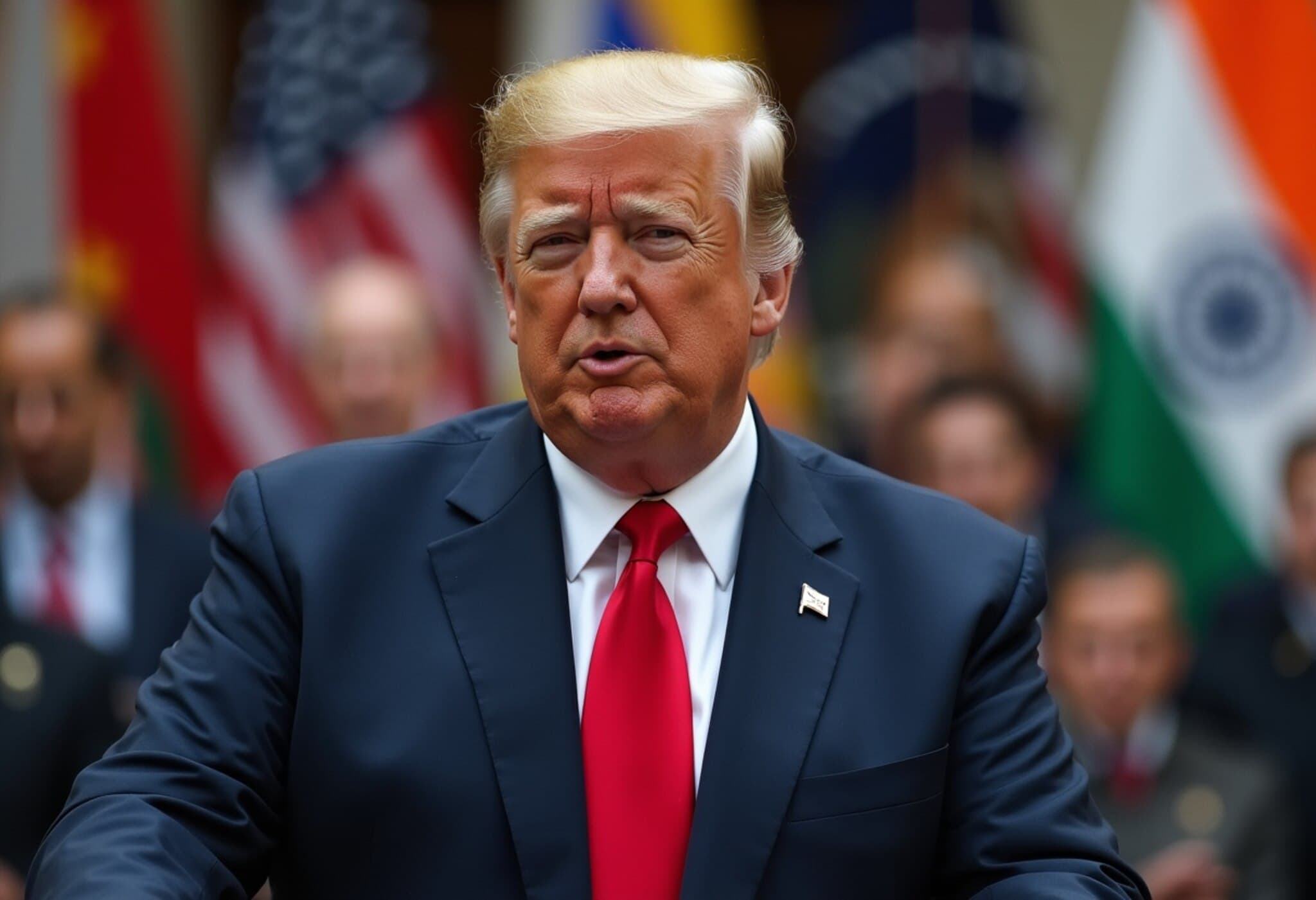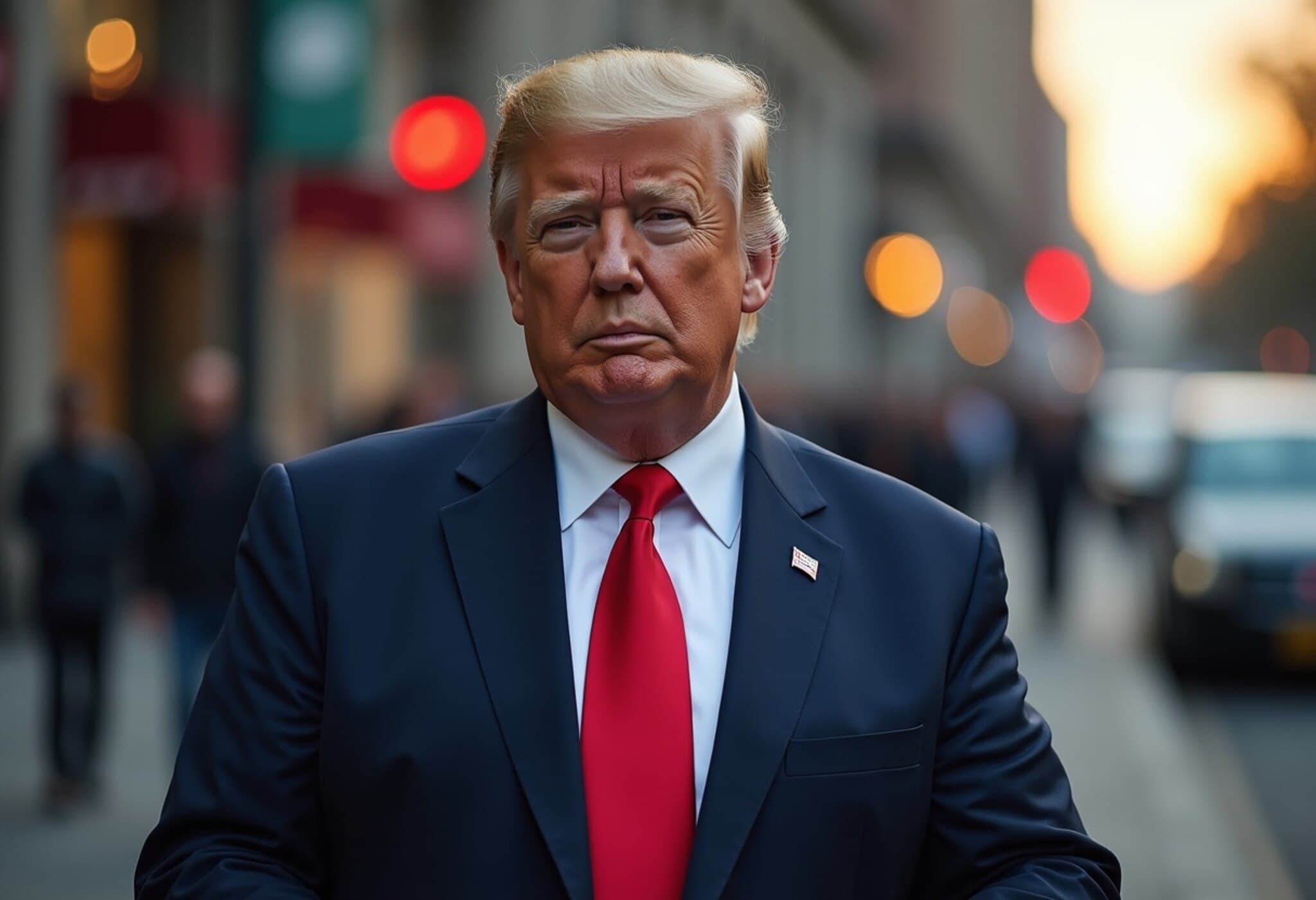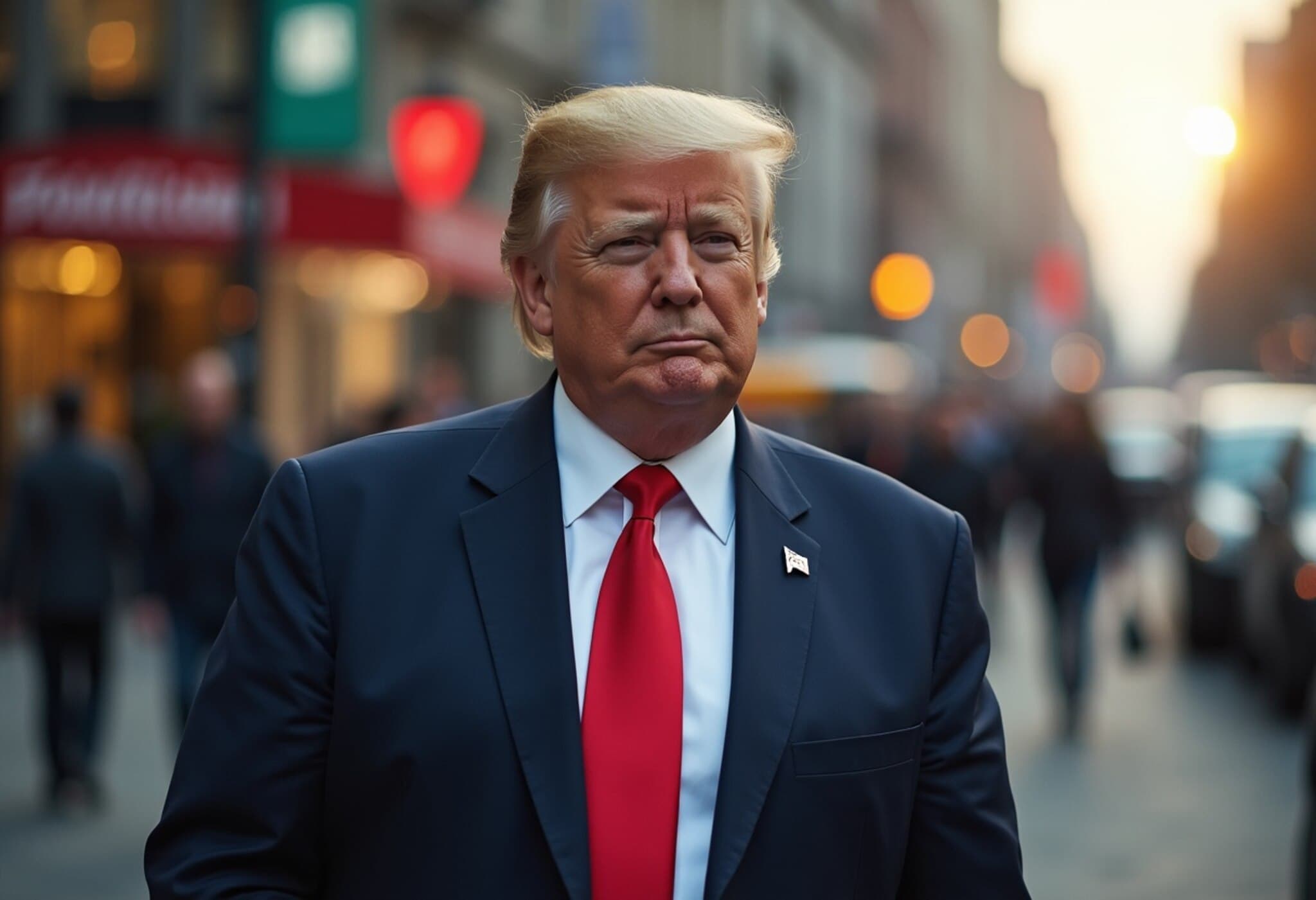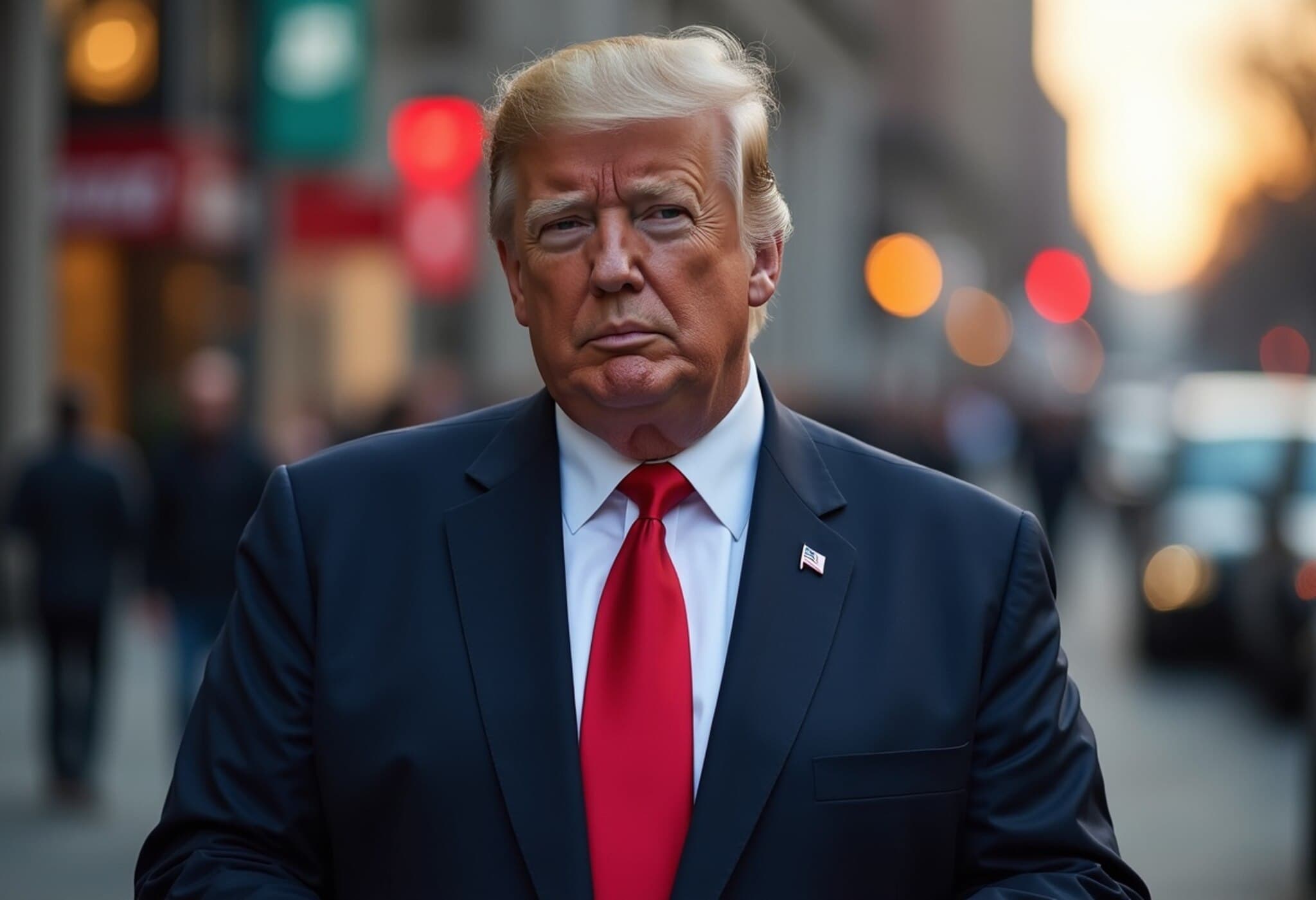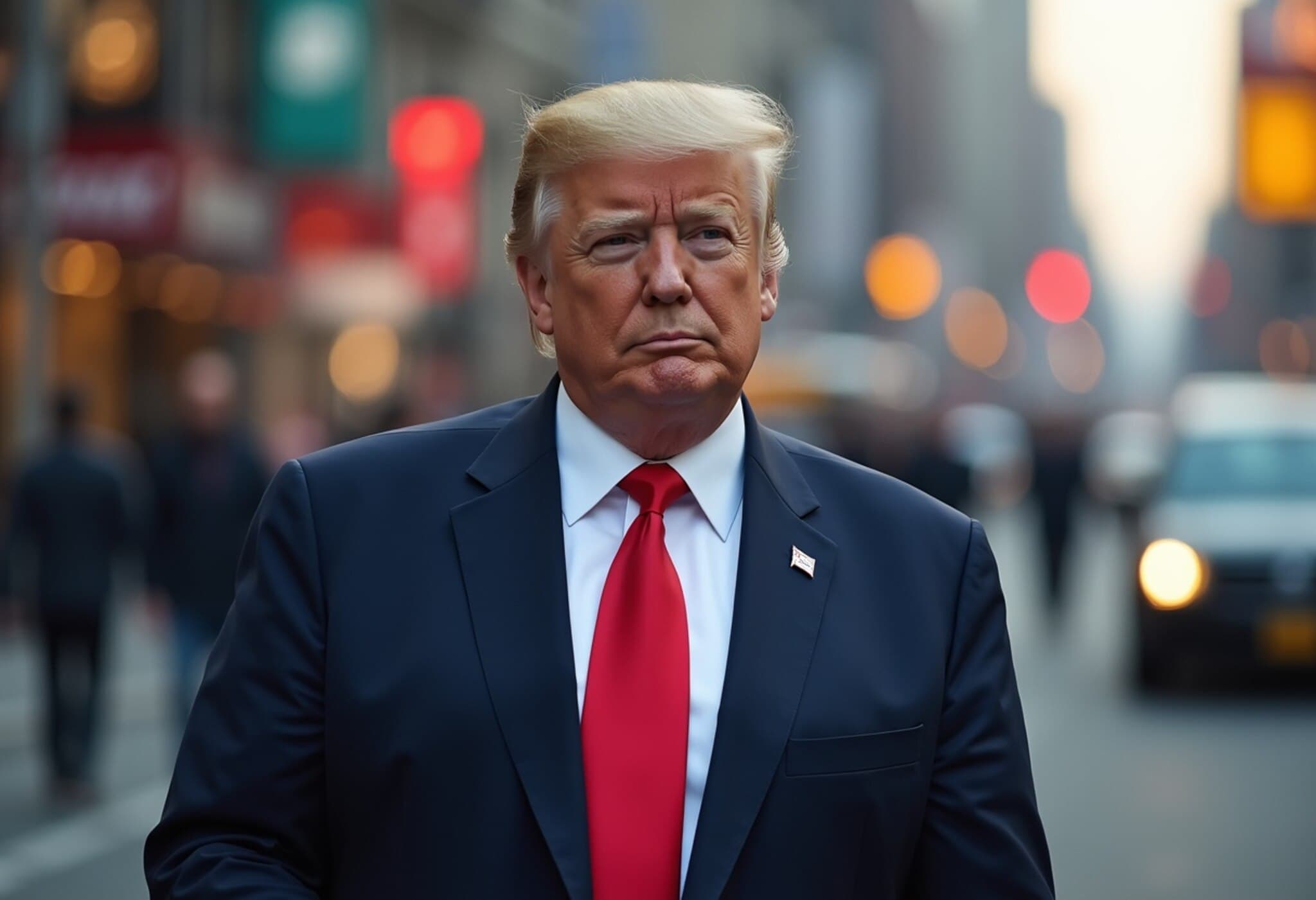US Slaps 25% Tariffs on Japanese and South Korean Imports Starting August 1
In a move that has sent ripples through global markets and reignited trade tensions, the United States announced blanket 25% tariffs on imports from Japan and South Korea beginning August 1, 2025. This significant escalation, revealed by former President Donald Trump through official correspondence shared on Truth Social, marks a sharp turn toward protectionist trade policies targeting two of America's key economic partners in Asia.
Details Behind the Tariff Announcement
The tariffs come via form letters apparently dispatched to Japanese Prime Minister Ishiba Shigeru and South Korean President Lee Jae-myung. These letters articulate that the tariffs are part of Washington's broader plan to address what it characterizes as persistent and large trade deficits with both countries.
Importantly, the 25% tariff rate is described as a blanket levy, distinct from existing sector-specific duties aimed at particular product categories. This means the tariffs will apply broadly to imports from these countries, irrespective of their classification under other trade measures.
The letters also caution against transshipping — the practice of rerouting goods through a third country to dodge tariffs. Goods identified as transshipped to circumvent existing higher tariffs will be subject to those higher rates, underlining the administration's intent to clamp down on evasive trade practices.
Economic and Political Context
The United States ran a goods trade deficit of approximately $68.5 billion with Japan and $66 billion with South Korea in 2024, figures cited by the Office of the United States Trade Representative. President Trump and his allies have consistently flagged such deficits as signs of unfair trade imbalances, arguing that they undermine American manufacturing and jobs.
However, economists and trade experts often caution against equating trade deficits with economic weakness or exploitation. Many argue that deficits reflect complex factors like currency valuations, consumer demand, and global supply chains rather than purely unfair trade practices.
This latest tariff move coincides with a broader pattern, as the Trump administration indicated these letters could be the first in a batch of up to 15, all part of a wider “reciprocal tariffs” policy set to reinstate higher levies previously announced in April 2025.
Market Reaction and International Implications
The announcement weighed heavily on US stock markets, with the Dow Jones Industrial Average falling 447 points (1%), the S&P 500 slipping 0.8%, and the Nasdaq Composite dropping nearly 0.9% during the session. Investors appear concerned about the risks of a potential trade war escalation, which could disrupt global supply chains and inflate costs for American consumers and businesses.
For Japan and South Korea, both vital technology and automotive exporters, these tariffs present daunting challenges. Industries from semiconductors to automobiles could face higher costs and reduced access to the US market, straining diplomatic relations and potentially prompting retaliatory measures.
Expert Insight: The Bigger Picture on Trade Deficits
Trade policy experts note that focusing solely on trade deficits as a metric for economic health or fairness can be misleading. While tariffs may protect certain domestic industries in the short run, they risk increasing prices for consumers and disrupting integrated global supply networks.
Furthermore, economists warn that retaliatory tariffs could trigger a cycle of escalating trade barriers, potentially hurting long-term growth and innovation globally. The US must balance its desire for equitable trade with the benefits of open markets and international cooperation.
What’s Next?
With the tariffs set to take effect in less than a month, businesses and policymakers are bracing for impact. Questions remain around how Japan and South Korea will respond diplomatically and economically, whether there will be retaliatory tariffs, and how this move fits into broader US trade strategy — especially in the lead-up to the 2026 midterm elections.
Observers will be watching closely for updates, including whether the administration proceeds with tariffs on other countries and how these changes influence the global economic landscape.
Editor’s Note
This latest tariff policy highlights the enduring tensions at the intersection of protectionism and globalization. While addressing legitimate concerns about trade imbalances, blanket tariffs risk collateral damage to multinational supply chains and consumer prices. Going forward, a nuanced approach balancing economic competitiveness, fair trade, and diplomatic partnerships will be crucial to avoid unintended ripple effects on global commerce.
Readers are encouraged to consider: Are tariffs an effective tool to correct trade imbalances, or do they mask deeper economic complexities? How might sustained tariffs shape US relations with key Asian allies in an increasingly competitive geopolitical environment? These questions underscore the importance of informed public discourse on America's trade future.


